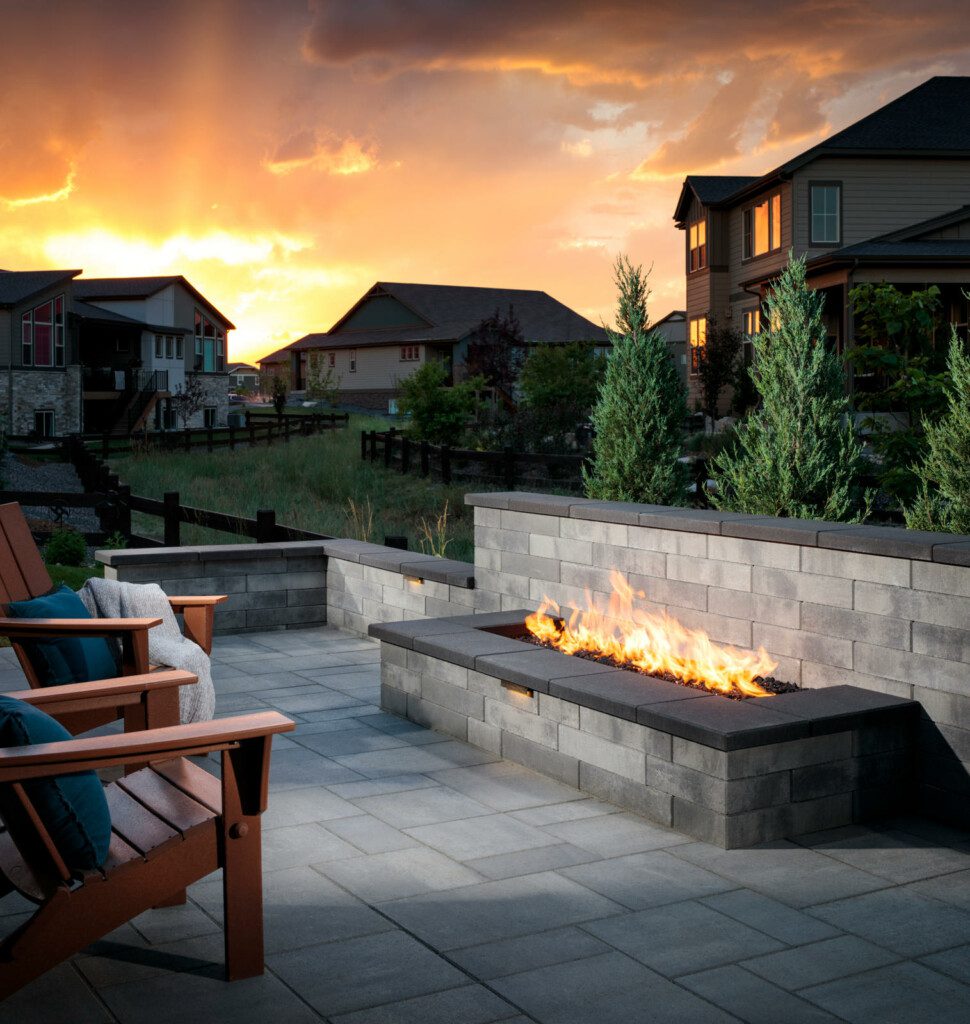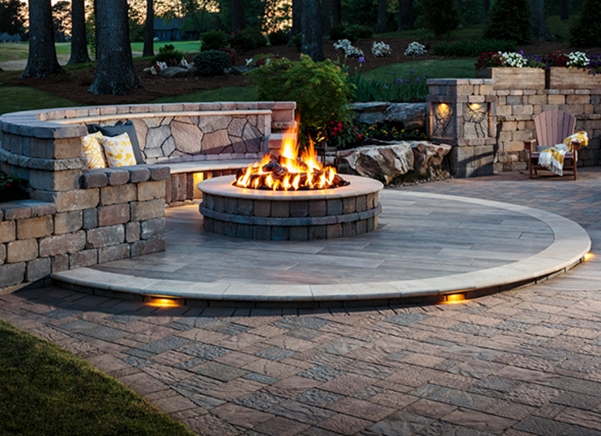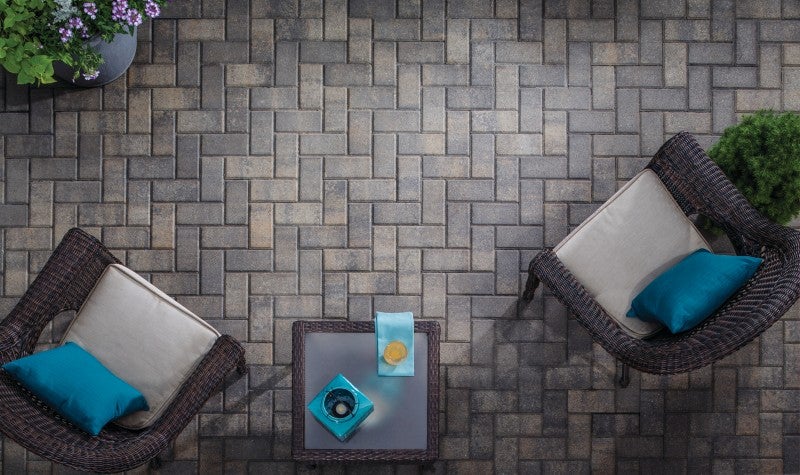
Most people wouldn’t describe stone as a colorful material, but we know better. Stones come in a rainbow of hues all their own with burning reds, rich yellows and golds, muted greens and cool blues. These natural palettes act as our inspiration when creating colors for our pavers, tiles and slabs.
But did you know that our product colors vary from place to place? The colors available in Tacoma will be different than those in North Carolina. That’s because what’s beneath the ground plays a significant role in the color of your hardscape.
Sourced from Your Earth
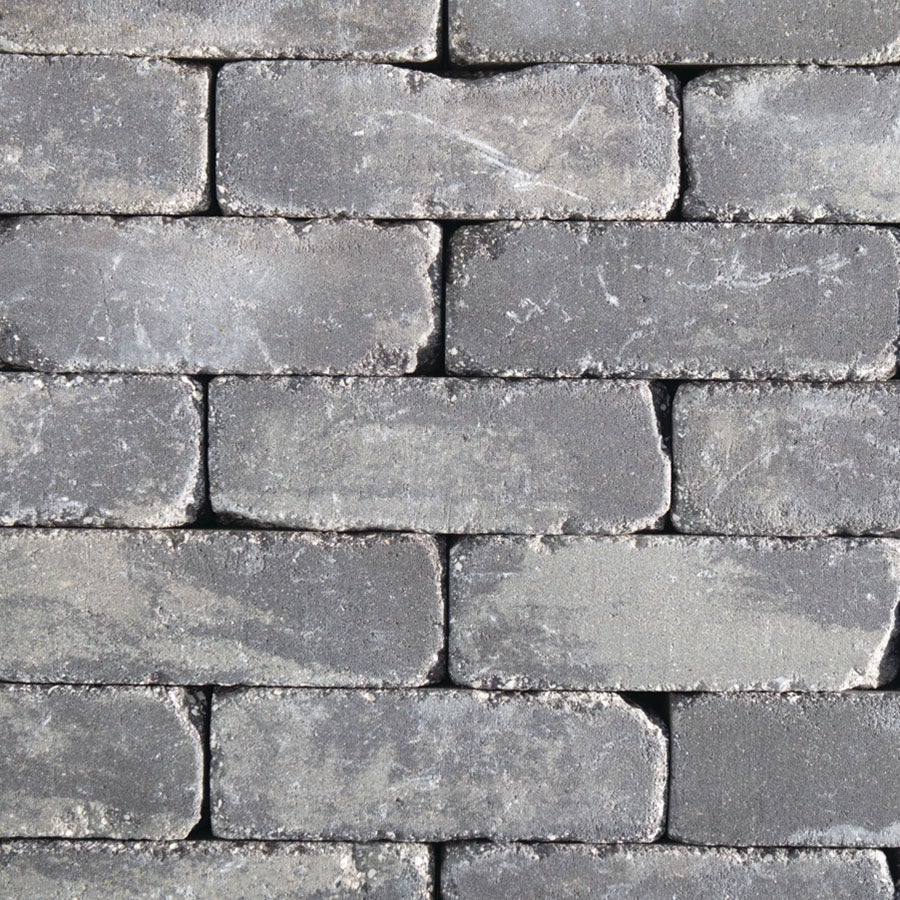
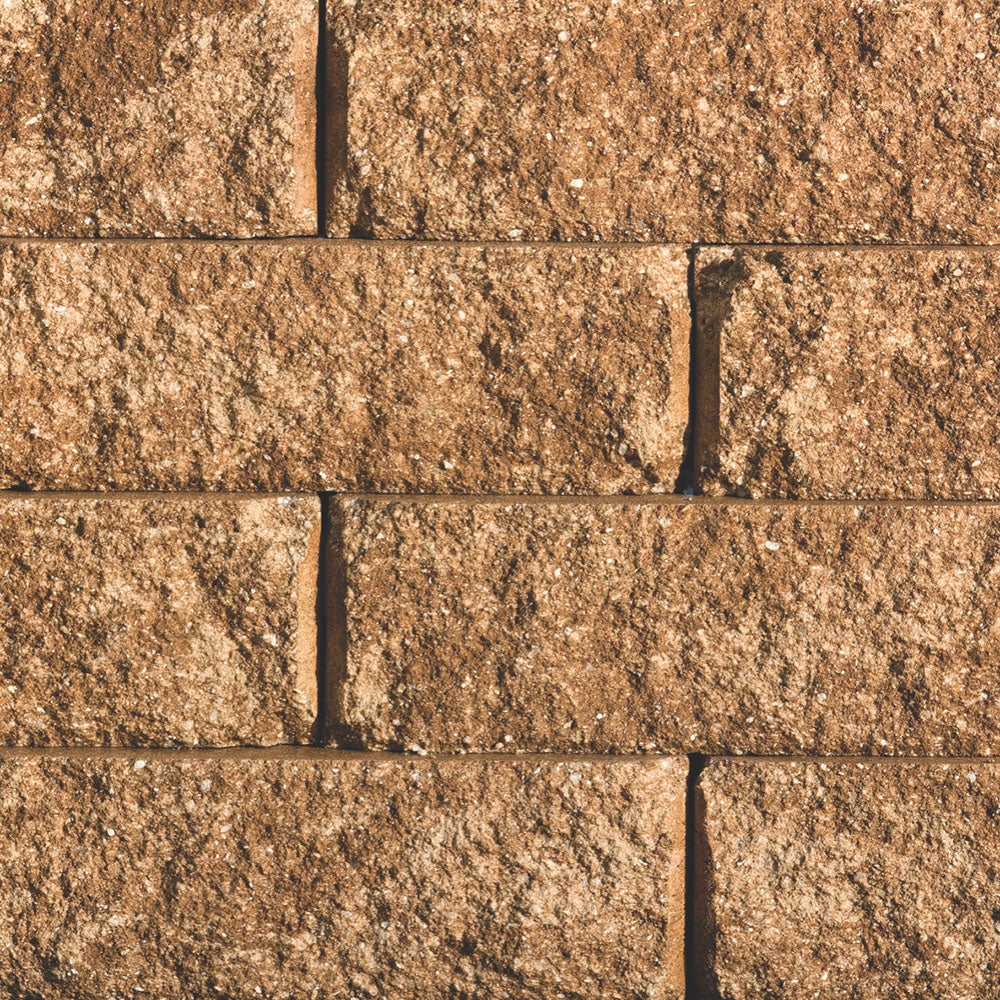
We produce the majority of our products regionally, sourcing them with local materials. Using local ingredients means that the composition of our aggregates and sands changes, sometimes drastically, from region to region. For example, Florida has a high concentration of limestone, whereas Vermont has a lot of granite. The natural color of the local stone sets the baseline for what will be available in a region. Cool-toned aggregate lends itself better to blue-grays and purple-toned reds, whereas warm-toned aggregate will make better golden browns and terracotta shades.
Even products produced in the same plant will have slight variations in color due to the minor composition changes in material batches. Aggregate that was crushed months apart, even if it’s made of the same stone base, will have slight changes. Like fingerprints, each piece of stone is unique, with subtle shifts in chemical composition that occur throughout a deposit.
In addition, design trends play a part in color demand. When it comes to our more natural-looking products, our most popular colors tend to mimic locally available stones and shift from region to region. The West favors the warm browns of sandstone. In the Northeast, the blue-greys of slate and granite are more popular, and the Southwest gravitates toward the reds and terracotta hues found in the desert. The regional shift in our color palettes makes sense, as local housing styles typically are influenced by their natural surroundings.
Local Manufacturing = Local Jobs

Regional manufacturing also allows us to support local economies and reduce our carbon footprint and supply chain issues – which are an even bigger hassle today than they were a few years ago. Rock and sand, especially in bulk, are incredibly heavy, and transporting them long distances is expensive. Being able to move things locally means we reduce those costs, limit shipping needs and cut down on the pollutants produced from cross-country travel. This local focus allows us to create businesses and provide jobs in local communities across the country.
Next time you are browsing Belgard products, remember that the colors you’re seeing are a reflection of the natural beauty in your area and are sourced right outside your door.
